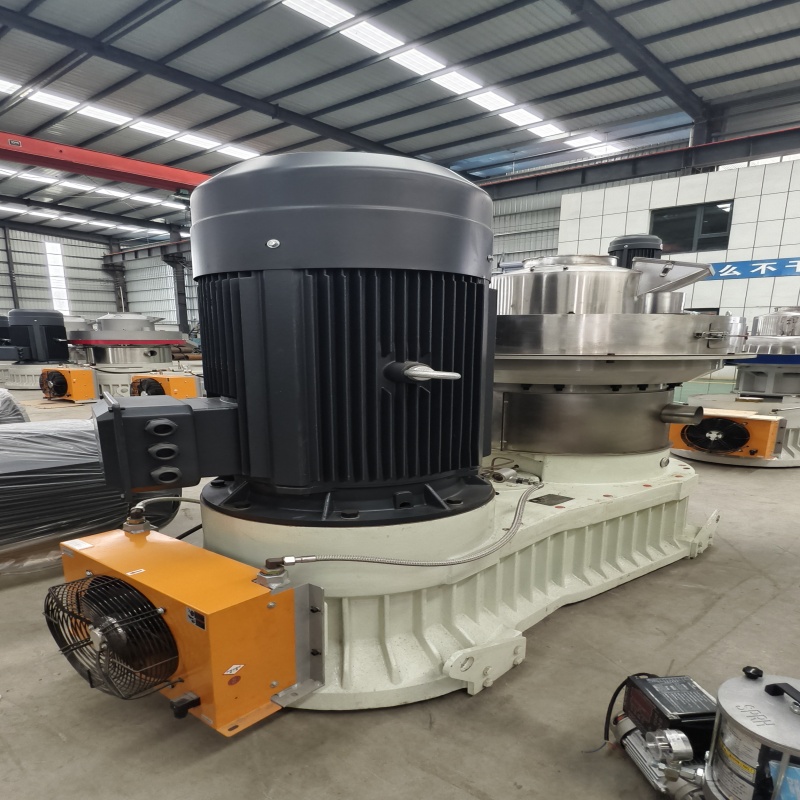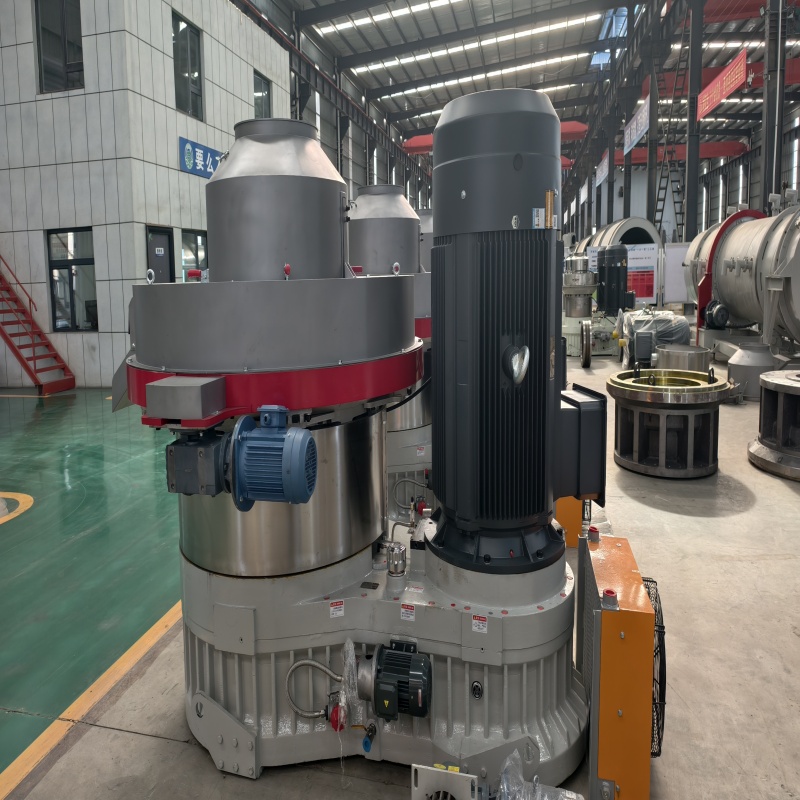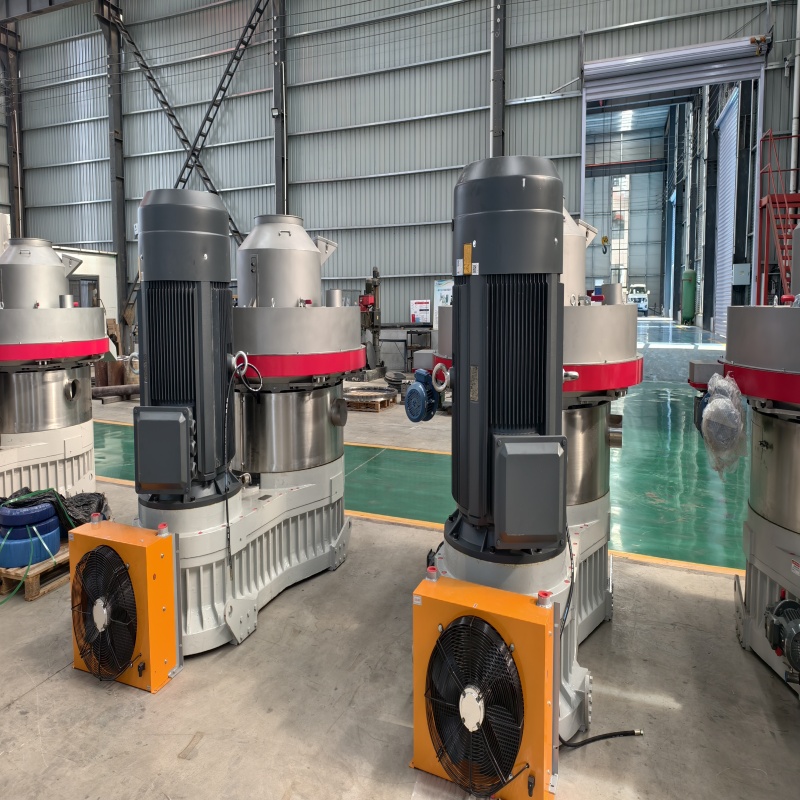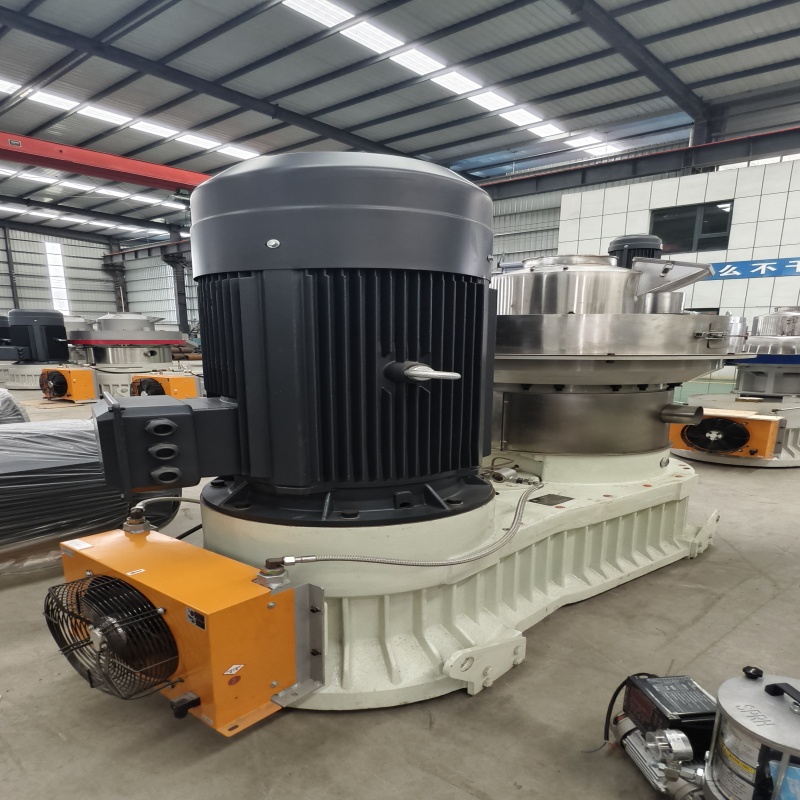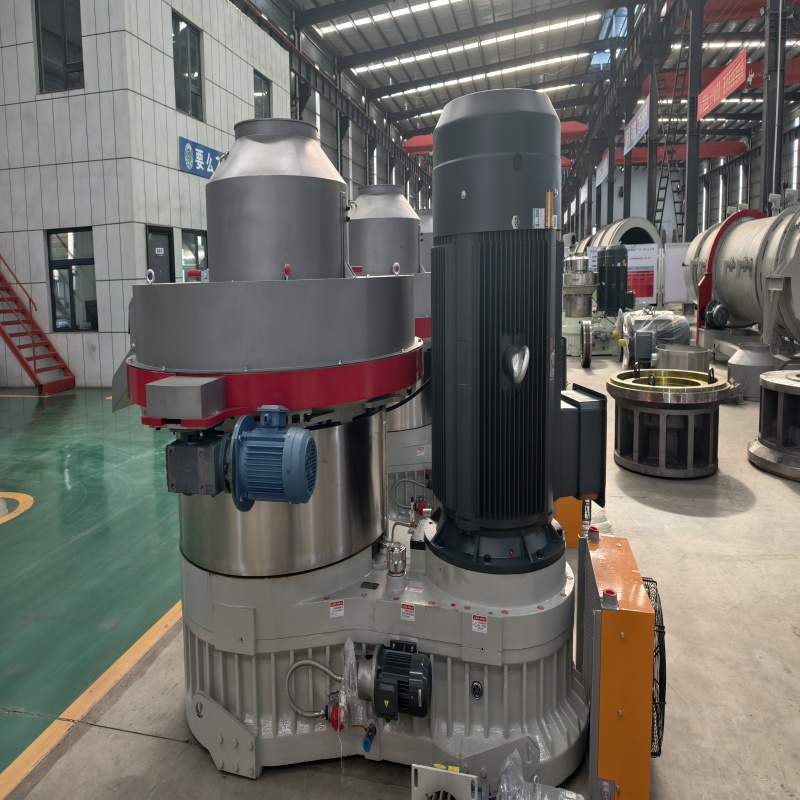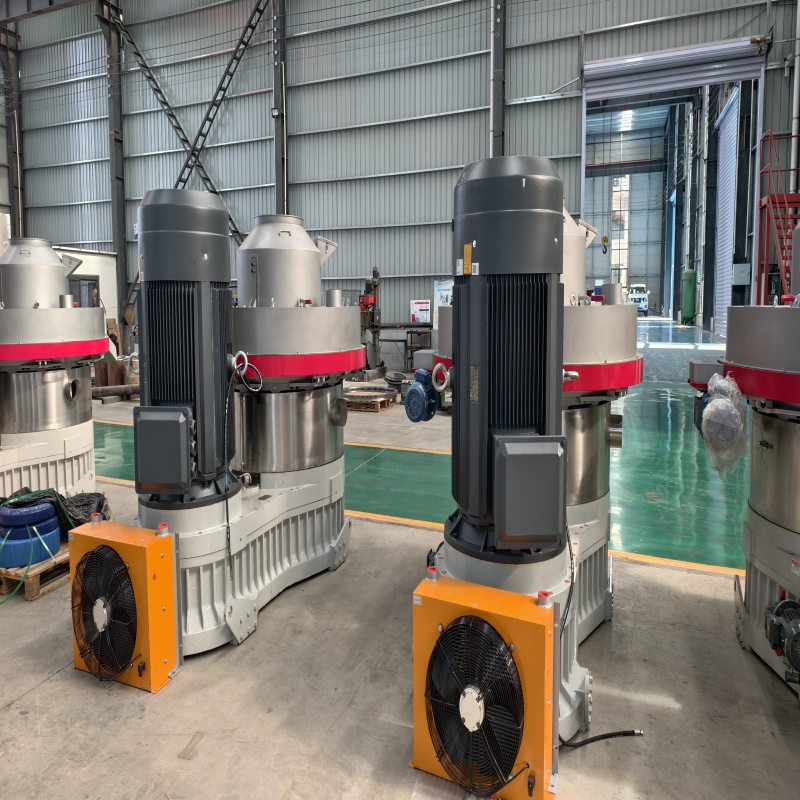biomass pellet production line
Waste-to-Energy Conversion: Transforms agricultural & forestry waste (wood chips, straw, rice husks) into high-value fuel pellets, reducing pollution from open burning.
Clean & Efficient Energy: High calorific value (3500-4500 kcal/kg) with complete combustion, meeting eco-friendly energy standards.
Cost-Effective Fuel Alternative: More economical than coal or diesel, offering long-term savings for heating, power generation, and industrial use.
Automated & High-Yield Production: Integrated system (crusher, dryer, pellet machine, cooler, etc.) ensures efficient processing with minimal manual intervention.
Quality-Controlled Output: Screening and packaging systems guarantee uniform pellet size and moisture content for optimal combustion performance.
The biomass pellet production line is a complete industrial system for processing agricultural and forestry wastes (such as wood chips, straw, rice husks, etc.) into high-density biomass fuel pellets. These particles can be used as clean energy to replace traditional fuels such as coal and natural gas, and are widely used in heating, power generation, industrial boilers and other fields.
First, the core role of the production line
Recycling of waste
Convert agricultural and forestry wastes such as straw, wood chips, and fruit shells into high value-added energy to reduce incineration pollution.
Produce clean energy
Pellet fuel has a high calorific value (3500-4500 kcal/kg) and sufficient combustion, which is in line with environmental protection policies.
Reduce energy costs
Compared with coal and diesel, the price of biomass pellets is lower, and the long-term use economy is significant.
Second, the main equipment of the production line
Device features
1. Crusher crushes raw materials (branches, straws, etc.) to 3-5mm for subsequent pressing.
2. Dryer control the moisture of raw materials to 10%-15% (too high will lead to molding difficulties).
3. Pellet machine core equipment, through high pressure to extrude the crushed raw materials into pellets (ring die/flat die pellet machine).
4. Cooler lowers the temperature of the particles and excludes surface moisture to prevent agglomeration.
5. The screening machine separates qualified particles and debris to improve the quality of the finished product.
6. Packing machine automatic weighing and packaging (25-50kg/bag or ton bag).
7. Ancillary systems include dust collector (dust processing), conveyor (connecting various equipment), electronic control system (automatic control), etc.
3. Typical production process
Raw material pretreatment
Removal of impurities (metal, stones) → crushing → drying (moisture ≤ 15%).
Granulation molding
The raw materials enter the pellet machine, and the lignin is softened and bonded under high temperature and high pressure, and extruded into molding (6-10mm pellets).
Post-processing
Cooling → screening → packaging (or bulk storage).
Fourth, the type and capacity of the production line
Small production line (0.5-1 t/h)
It is suitable for farms and small processing plants, with an investment of about 50-1 million yuan.
Medium-sized production line (1-3 tons/hour)
It needs to be equipped with an automatic drying and dust removal system, with an investment of about 200-5 million yuan.
Large-scale production line (5-10 tons/hour or more)
Fully automatic control, suitable for biomass power plants, with an investment of more than 10 million yuan.
5. Application of products (biomass pellets).
Industrial boilers: replace coal and are used in textile, food, chemical and other industries.
Home heating: pellet fireplaces, biomass heating stoves.
Power plants: co-fired with coal or pure fired to generate electricity.
Export trade: Europe, Japan and South Korea and other markets are in strong demand.

